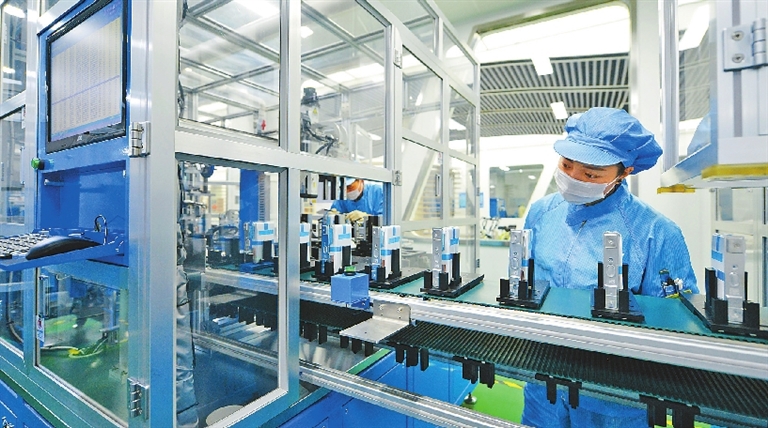
IT took one 330-km trip from Chongqing to Chengdu in his Nio ES8, a seven-seater all-electric SUV, for its owner Wang Haichun to be consumed with buyer’s remorse. Despite being billed as capable of going 335 km on a single full charge, the ES8 didn’t get anywhere near that when driving on freeways at speeds above 100 km per hour, he said, adding that after 180 km, there was only 50 km of range left. “We had to recharge the car once and drove with a high level of anxiety throughout, constantly having to keep an eye on the range meter,” the 44-year-old manager of a property firm said. Toward the end of the trip, he shut off the air conditioner and audio system to preserve power. “I wouldn’t want to do that kind of trip again — ever.” So unhappy was Wang, who paid 481,000 yuan (US$71,700) for the vehicle, he sold it. He and his wife have since bought a Lexus NX300h gasoline-electric SUV. Asked to comment on Wang’s experience, Nio Inc. said in an e-mailed statement the ES8 can travel more than 200 km when constantly driven at a 100 km per hour and that battery swap stations are available for quick recharging. The statement did not address Nio’s advertising of 335 km on a single full charge. In real world conditions, all-electric cars can sometimes fall far short of advertised ranges, car engineers say. That’s particularly so when driving at length on freeways or hilly terrain and in hot or cold weather. The problem adds to drawbacks which have hindered wider acceptance — electric vehicles (EVs) have shorter driving ranges than gasoline vehicles anyway, are more expensive and take a long time to recharge. China, Europe and the U.S. state of California have set ambitious requirements for automakers to dramatically increase EV sales over the next five to 10 years, but those goals are at risk unless EVs can come close to matching gasoline engine cars in cost and ease of use. In China, home to the world’s largest auto market, some of the industry’s biggest names believe pure battery electric cars will be as cheap as gasoline counterparts by 2025. Those making that prediction include Ouyang Minggao, executive vice president of the EV100 forum, a think tank. “The turning point is coming. We believe that around 2025, the price of pure electric vehicles will achieve a big breakthrough,” he said in a speech in January. Ouyang cited a reduction in battery costs to US$100 per kilowatt hours from US$150-US$200 currently and a planned tightening of emissions rules in China which will make gasoline vehicles more expensive. But others in the EV industry are less optimistic. Five engineers or industry insiders interviewed for this article believe it will take a decade before battery EVs achieve cost and performance parity with gasoline cars. Pressure to deliver parity will only grow as China rolls back subsidies while setting quotas for sales of new energy vehicles (NEVs). China wants NEVs — which also include hybrids, plug-in hybrids and hydrogen fuel cell vehicles — to account for a fifth of auto sales by 2025 compared with 5 percent now. For most automakers, battery cells cost around US$200/kWh, one engineer with Honda said, although costs for Tesla Inc. are believed to be around US$150/kWh, partly due to its much greater scale of production. To cut costs, firms are working on slashing the use of cobalt, the most expensive part in lithium-ion batteries. Firms such as China’s Contemporary Amperex Technology Co. Ltd. (CATL), BYD Co. and South Korea’s SK Innovation Co. are developing NMC 811 technology. It uses 80 percent nickel, 10 percent manganese, 10 percent cobalt, while a conventional lithium-ion battery uses 60 percent nickel, 20 percent manganese and 20 percent cobalt. NMC 811 also delivers more energy density, meaning batteries will cost and weigh less. Others are developing similar technologies with slightly different ratios. Batteries jointly produced by Tesla and Panasonic Corp. substitute manganese with aluminum and use less cobalt than NMC 811.(SD-Agencies) | 
